Learning about the properties of matter is a highlight in second grade. In this post I’ve collected some of my favorite science activities that are aligned to NGSS, hands-on, and fun! Read on to find fresh teaching ideas and engaging properties of matter activities that will both excite and inspire your 2nd grade scientists!
Second Grade Properties of Matter Activities
In second grade, students build on prior science knowledge and expand their understanding. They investigate ways that matter can change and whether these changes are reversible. We explore the effects of temperature and teach students to test and measure the properties of objects then apply their knowledge to real world situations. Students become familiar with science and engineering practices as they plan and carry out investigations, make observations, collect and analyze data, construct explanations, and design solutions to problems.
Here are a few of my favorite lessons, activities and experiments for teaching states and properties of matter in second grade.
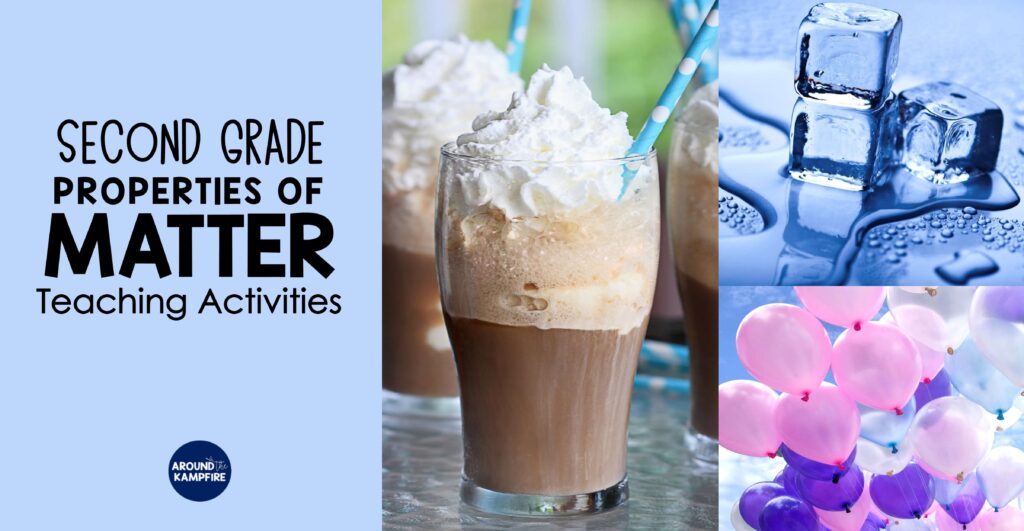
Describe the properties. Eat the matter!
Scientists describe matter by their features or properties. This simple cracker lab gives students the opportunity to look closely at different types of crackers to describe and compare their size, shape, color and texture.
Source: Properties of Matter 2nd Grade Science
Test the properties of everyday objects
Scientists often test objects for flexibility, hardness, absorbency and buoyancy. They may also test if an object is magnetic.
Test objects for hardness
Have students use a paperclip to do a scratch test for hardness. To do this gather a few items made from of different materials. Some that are hard and some that are soft. Some items to include are an apple, a rubber eraser, a wooden spoon, and a rock. Have students use a paperclip to scratch the surface of each object to determine it’s hardness compared to the other objects. Next, have students then order the objects based on their degree of hardness.
Test objects for flexibility
Try a simple flexibility experiment that uses easy to find materials for students to gently bend and test for flexibility.
Source: Properties of Matter 2nd Grade Science
Explore how engineers are inspired by nature
Scientists and engineers often look to nature for inspiration and ideas when trying to solve problems.
This short video (:57) gives students some cool examples of inventions inspired by nature.
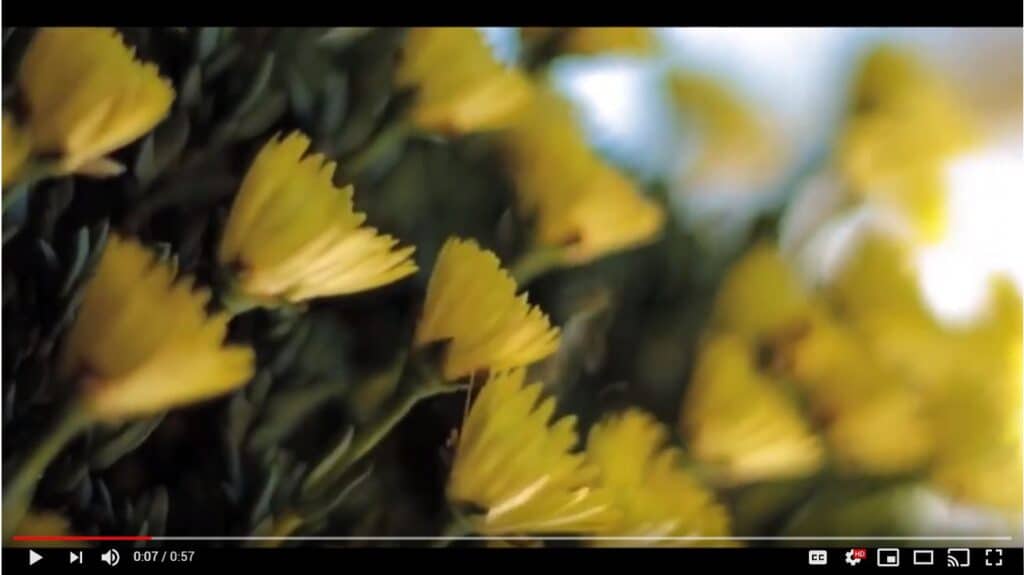
Build models to solve a problem
Show students this PBS video, How Beavers Build Dams. Discuss the purpose of this animal’s home to give it shelter from predators. Guide students to understand that it also changes the flow of water. Have students describe the purpose and properties of the materials a beaver uses.
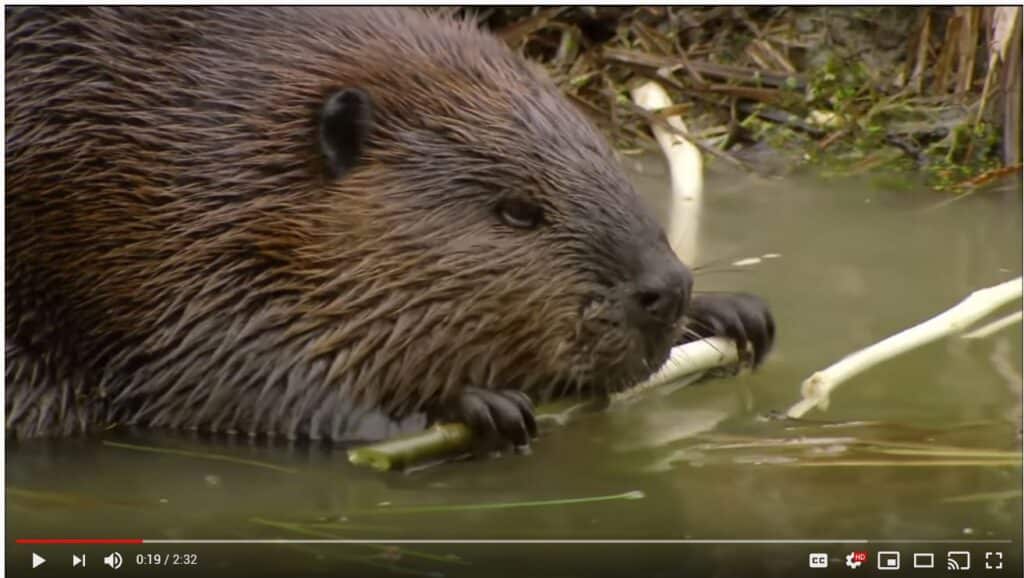
Compare the purpose of a beaver’s dam to a man-made dam. Have students share why they think humans might want to change the flow of water. Investigate further by having students use Legos or other materials to build a model of a structure that can change the flow of water. Students can then test their models in a plastic container to determine if it works as expected.

Make student science journals
Keeping a science journal gives students a place to respond and write about what they are learning in science. Science journals can be used for lesson responses, quick checks for understanding, drawing diagrams or designs, planning investigations, and as vocabulary keepers.
Source: Properties of Matter 2nd Grade Science
Explore reversible and irreversible changes using Play Doh
One simple way to explore changes in matter is to use Play Doh. Give students 2 small balls in 2 different colors (Dollar Tree Play Doh is great for this.). Ask students to explore ways they can change their matter (Play Doh). Students can cut, roll, and shape their Play Doh then change it back to the way it was to demonstrate a reversible change. To demonstrate an irreversible change have students mix their 2 colors together.
Design a toy using a solid, liquid, and gas
Challenge your students to design and build a toy using all three states of matter.
Source: Properties of Matter 2nd Grade Science
Provide these materials or anything else you can think of for students to use.
Solids:
- cardboard, card stock or construction paper
- yarn, string, pipe cleaners, wiggly eyes
- foam craft sheets, gold brad fasteners
- paper clips
- any other craft materials
Liquids:
- paint
- school glue
- Mod Podge
Gases:
- sponges (they are filled with air)
- bubble wrap
- balloons
You will be amazed at your students’ creativity!
Use science content to practice literacy skills
Literacy-based science centers are a great way to reinforce science content as students practice literacy skills.
Source: Properties of Matter 2nd Grade Science
Scientists use many of the skills and processes we teach our students as they learn to read. Much of science content can be reinforced while practicing these skills:
Cause & Effect: Connect causes and effects to teaching students about matter and temperature.
Classifying: Have students classify and sort objects by their properties, states of matter and purpose. Groups of students can then compare how they categorized and classified their objects.
Sequencing: Scientists often take steps in a specific order to test objects and materials. They conduct investigations in a sequential order. Have students sequence steps to planning an experiment, building a model and combining matter (Think root beer floats). Add a writing element by having students explain the steps in writing.
Compare/Contrast: Challenge students to compare the properties and purpose of man-made objects to natural objects.
Source: 2nd Grade Properties of Matter Unit
All of the activities, experiments, and Power Point lessons shown in this post are part of this complete Properties of Matter unit for 2nd grade.
Click HERE for the complete printable unit and HERE for the digital version. Save on the Print + Digital Bundle.
I hope you’ll try some of these properties of matter activities with your second grade scientists. Be sure to pin this post for later so you have it when you plan!
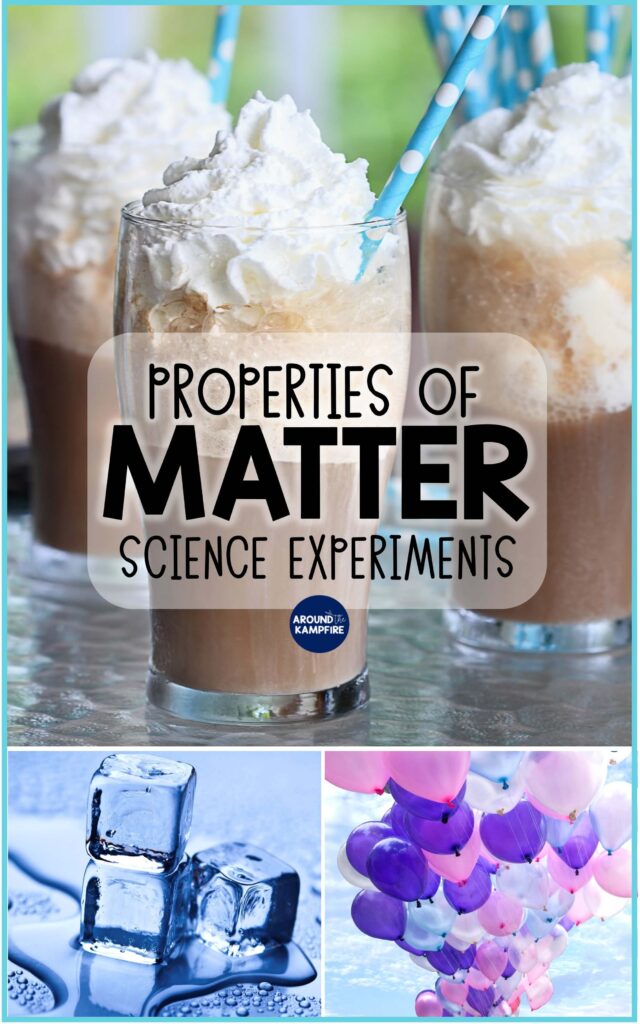
You may also enjoy the science activities in these posts:
Back to School Science Activities
Second Grade Habitats & Ecosystems STEM Activities
Landforms & Earth Changes Activities & Experiments
Milk & Cookies and the Scientific Method
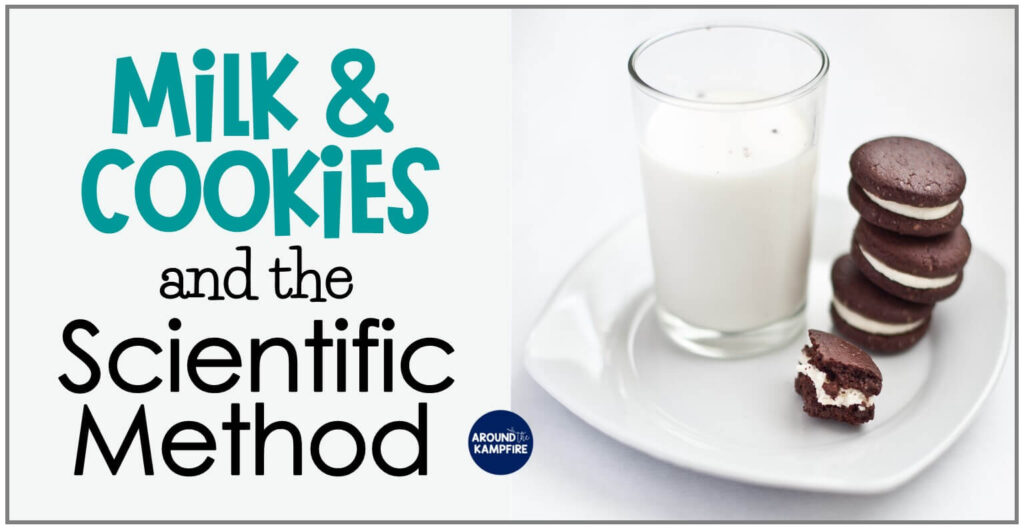
9 Activities to Teach the Engineering Design Process
Happy teaching!




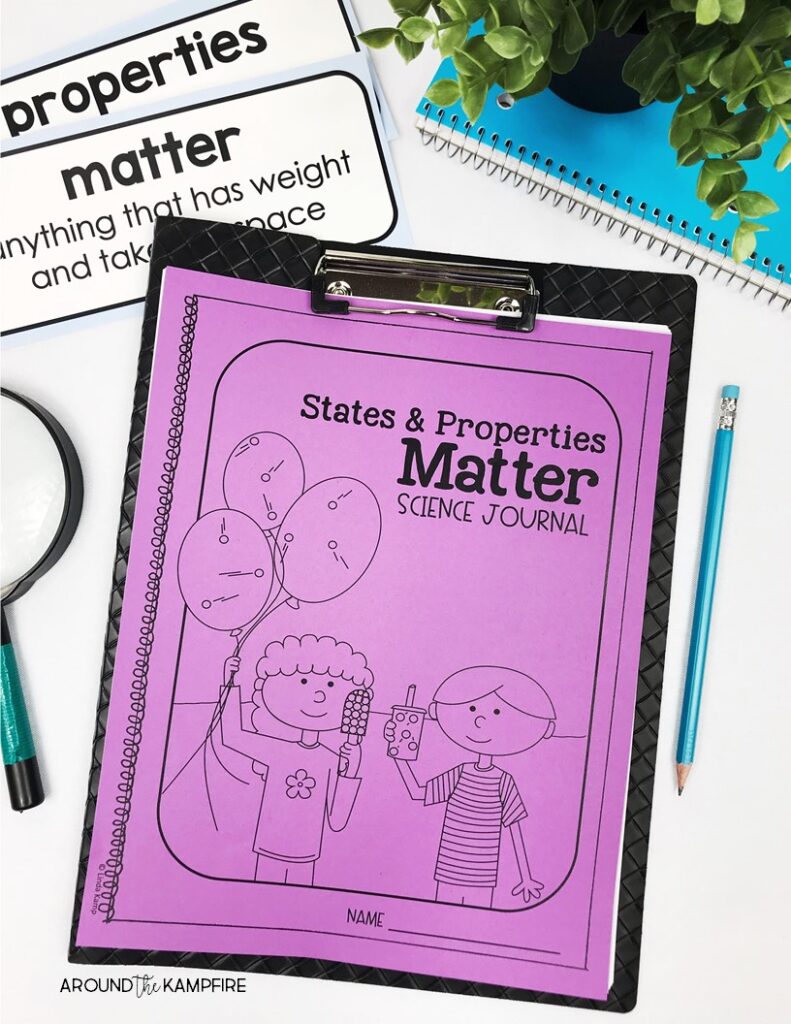


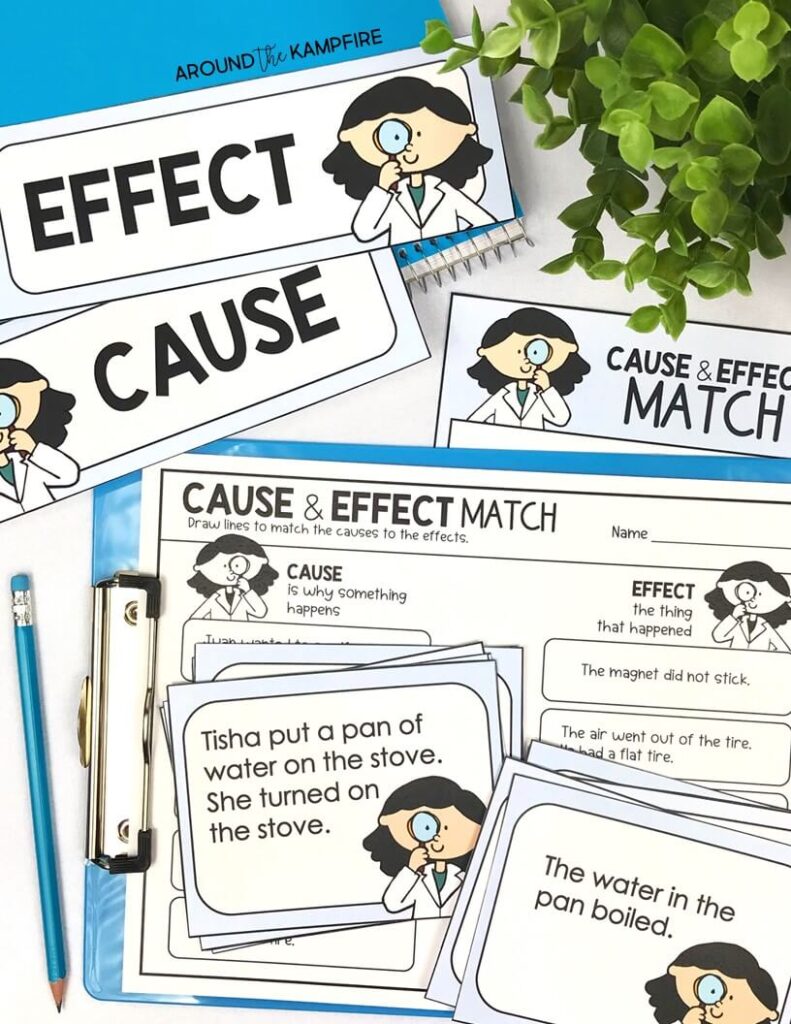




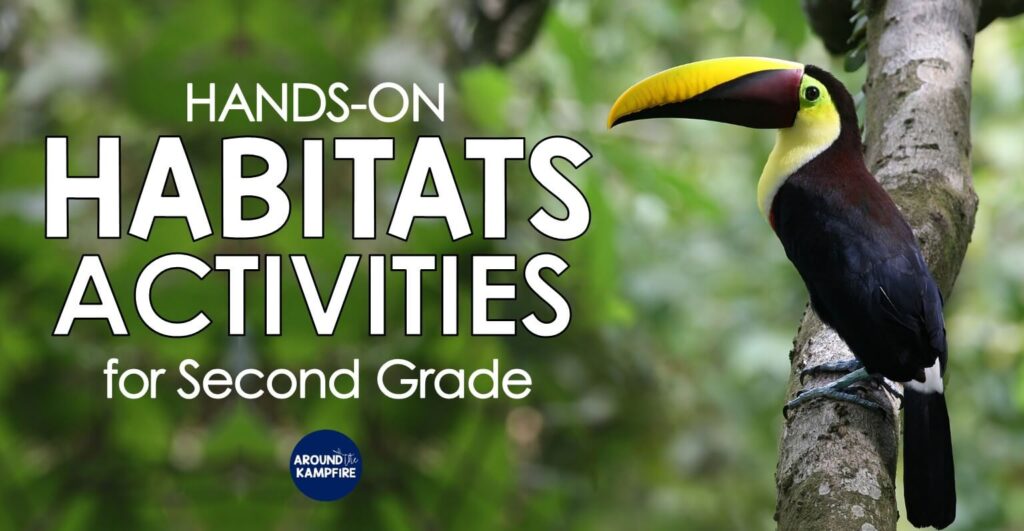




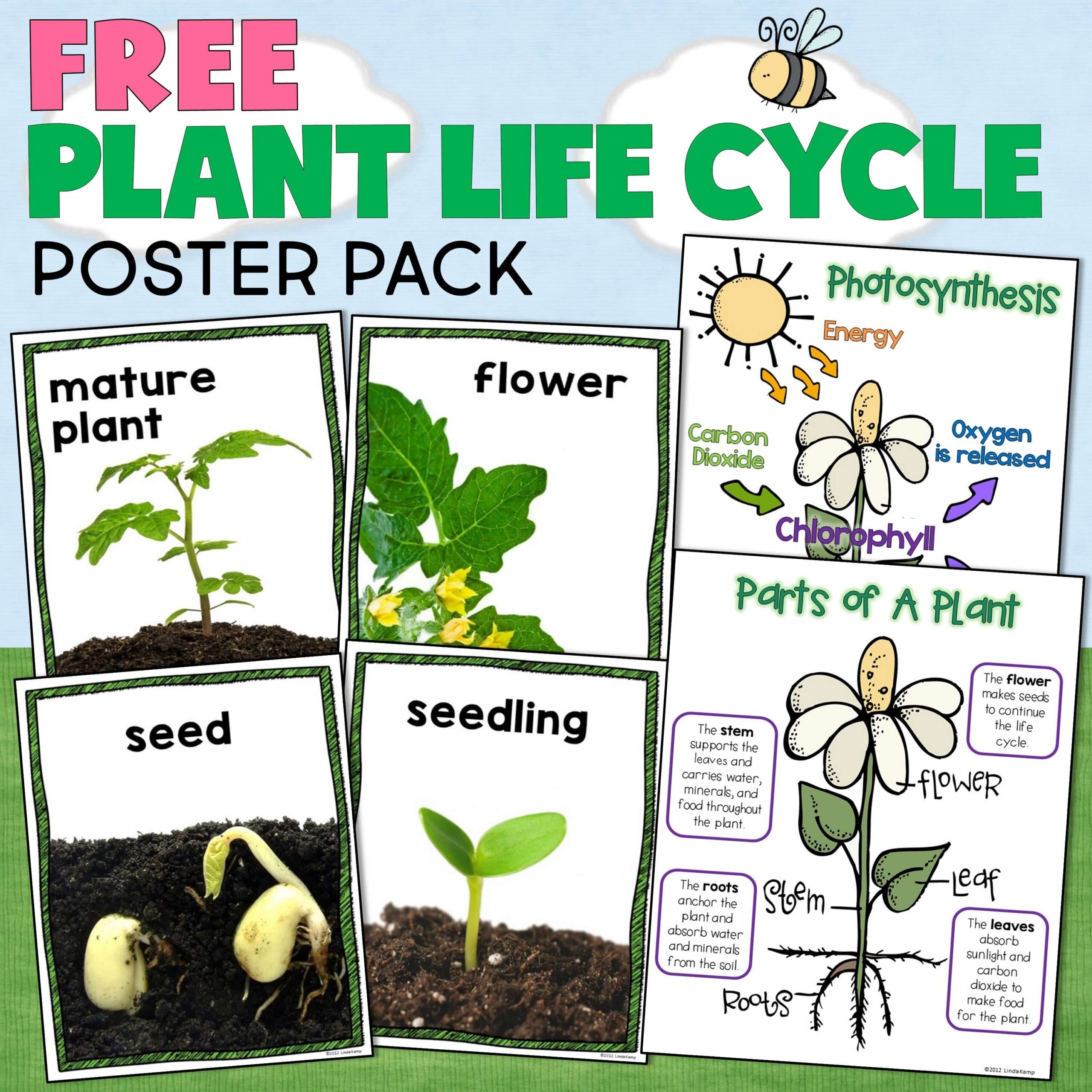
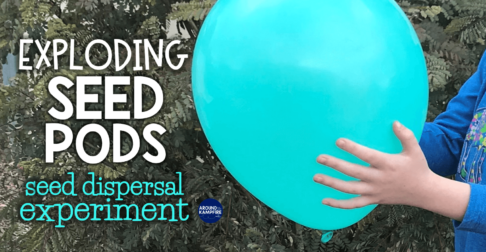



Leave a Comment